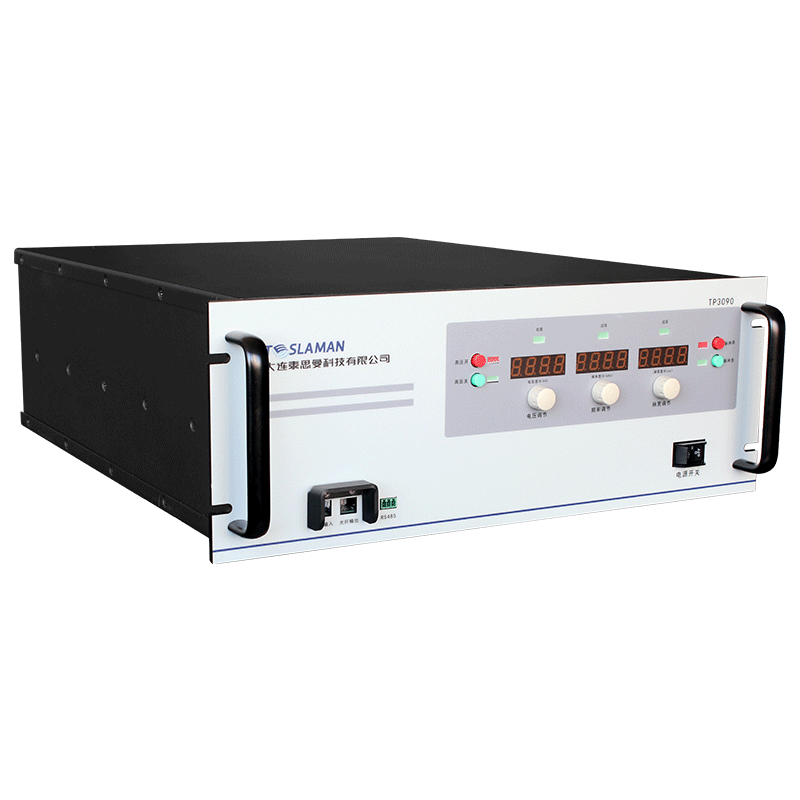The Critical Role of High-Voltage Power Supplies in Explosive Detection Sensitivity
Abstract: The sensitivity of explosive detection equipment directly impacts the accuracy of public security protection. As the core component, the performance parameters of high-voltage power supplies determine detection sensitivity. This article analyzes technical principles, design challenges, and optimization paths.
1. Technical Relationship Between Sensitivity and High-Voltage Power Supplies
Voltage Stability Dictates Detection Limits
High-voltage power supplies generate ionization fields for detectors (e.g., ion mobility spectrometers). Voltage fluctuations must be controlled within ±0.5%. Exceeding this threshold reduces ionization efficiency, causing loss of trace signals (e.g., pg-level TNT). A 1% voltage drift may increase detection errors by 0.5%.
Ripple Coefficient Affects Signal-to-Noise Ratio
High-frequency ripple introduces electromagnetic noise, masking target substance signatures. Ripple voltage must be <0.1% of output (peak-to-peak) to ensure >99% accuracy in mass spectrometry. Excessive ripple raises false alarm rates, especially for mixed explosives.
Temperature Adaptability Ensures Environmental Robustness
With detectors operating from -25°C to 60°C, the temperature coefficient of power supplies must be ≤25ppm/°C to prevent voltage drift and maintain sensitivity.
2. Core Design Challenges for Sensitivity Enhancement
Miniaturization vs. High Power
Portable detectors require compact power supplies (<300mm³), yet high-power outputs (e.g., 80kV/300W) risk partial discharges. Zero-current resonant technology and liquid-air hybrid cooling maintain efficiency ≥85%.
EMI Immunity and Compatibility
Triple protection is essential:
Multi-stage LC/PI filters suppress high-frequency noise;
Shielding enclosures block external interference;
Smart protection circuits prevent transient surges.
Dynamic Response Speed
Load-switching response time ≤20ms ensures high sensitivity during rapid screening (e.g., 5-second alarms).
3. Optimization Strategies and Future Trends
High-Frequency Switching Technology
≥100kHz switching frequencies with GaN devices boost efficiency >90%, reducing energy loss.
Closed-Loop Feedback Control
Real-time voltage monitoring chips and PID algorithms adjust outputs via 0-10V control signals, achieving ≤0.01% voltage regulation (±10% input variation).
Modular and Customizable Designs
Multi-mode operation (constant voltage/current/power) adapts to detection principles (e.g., fluorescence quenching requires constant current), optimizing sensitivity thresholds.
Conclusion: The stability, ripple suppression, and environmental adaptability of high-voltage power supplies underpin explosive detection sensitivity. Future advancements in wide-bandgap semiconductors and AI-driven control algorithms will push detection limits to fg-level, enabling atomic-scale security.




















